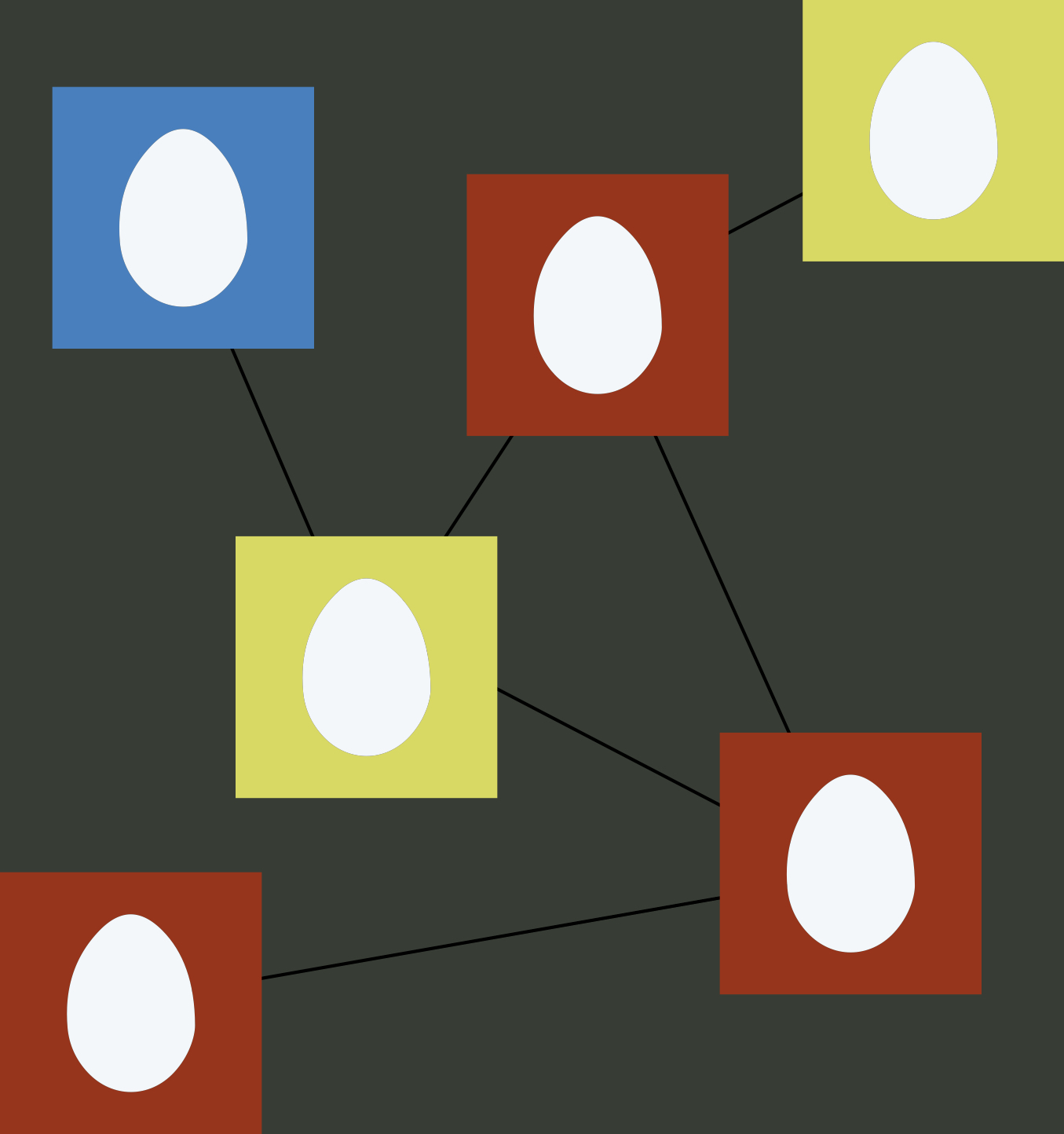| Time |
Authors |
Title |
| | |
| 14:00–14:05 |
Organizers |
Opening remarks |
| | |
| 14:05–14:45 |
Shweta Bansal |
TBA |
| 14:45–15:00 |
Abigail Horn, Elena Polozova and Hanno Friedrich |
Source detection in networks defined by volume and temporal dimensions |
| 15:00–15:15 |
Ewan Colman |
Does the structure and timing of contacts amplify the risk of infection for hospital nurses? |
| 15:15–15:30 |
Byungnam Kahng, Wonjun Choi and Deokjae Lee |
Universal mechanisms for discontinuous epidemic transitions |
| | |
| 15:30–15:45 |
Coffee break |
|
| | |
| 15:45–16:25 |
Vittoria Colizza |
TBA |
| 16:25–16:40 |
TBA |
TBA |
| 16:40–17:20 |
Yamir Moreno |
A data-driven model for the assessment of age-dependent patterns of Tuberculosis burden and impact evaluation of novel vaccines. |
| | |
| 17:20–17:45 |
Coffee break |
|
| | |
| 17:45–18:00 |
Qian Zhang, Kaiyuan Sun, Matteo Chinazzi, Ana Pastore Y Piontti, Natalie Dean, Diana Rojas, Stefano Merler, Dina Mistry, Piero Poletti, Luca Rossi, Margaret Bray, M. Elizabeth Halloran, Ira Longini and Alessandro Vespignani |
The spread of Zika virus in the Americas |
| 18:00–18:05 |
Daniel Citron and Christopher R. Myers |
Contact Network Heterogeneity and the Persistence of Endemic Disease |
| 18:05–18:10 |
Aamena Alshamsi, Flavio L. Pinheiro and César Hidalgo |
When to target hubs? Strategic Diffusion in Complex Networks |
| 18:10–18:15 |
Martin Lopez-Garcia |
On the analysis of the SIR epidemic model for small networks: an application in hospital settings |
| 18:15–18:20 |
Joan T. Matamalas, Alex Arenas and Sergio Gómez |
Epidemic conductance in complex networks |
| | |
| 18:20–18:30 |
Organizers |
Closing remarks |



